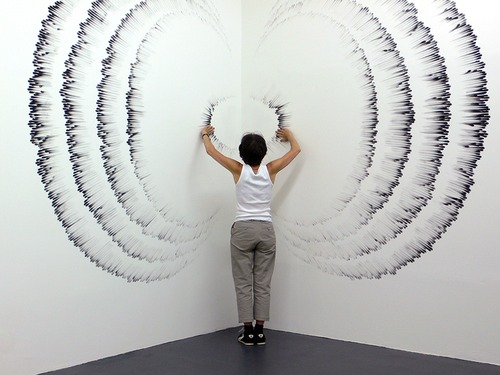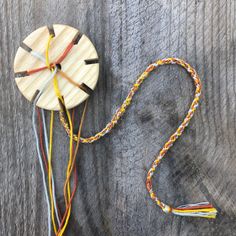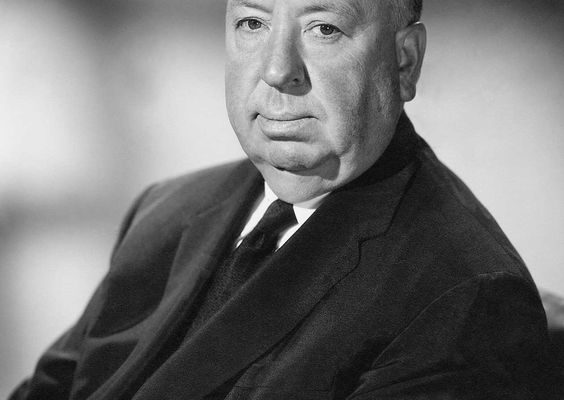Adjacent Colors on the Color Wheel

Colors are among the most powerful tools we have in art and design. Whether we’re choosing a color scheme for a particular project or simply trying to create a beautiful piece of art, our knowledge of color theory is essential to our success. One of the most important aspects of color theory is understanding the relationships between colors on the color wheel. Specifically, we need to understand the concept of adjacent colors.
Adjacent colors are the colors that are next to each other on the color wheel. For example, yellow and green are adjacent colors, as are blue and purple. Understanding the relationships between adjacent colors is crucial because they have a unique and powerful impact on how we perceive and interpret color.
One of the most important things to understand about adjacent colors is that they enhance each other. When two adjacent colors are placed next to each other, they create a visual harmony that makes each color more vibrant and striking. This is because adjacent colors share some similar qualities, such as hue and saturation, which make them work together in a visually appealing way.
Another important characteristic of adjacent colors is their ability to create depth and contrast. When adjacent colors are placed next to each other, they create a visual separation between the colors that can make them seem more distinct and noticeable. This contrast can be particularly effective when we’re trying to make a specific color stand out or when we want to create a sense of depth and dimension in our art or design.
Of course, not all adjacent colors are created equal. Some combinations are more effective and visually appealing than others. For example, green and blue are a classic combination of adjacent colors that work well together because they create a sense of calm and balance. On the other hand, red and orange can sometimes clash when placed next to each other because they have a high level of contrast and can be overwhelming to the eye.
When choosing adjacent color combinations, it’s important to consider the context and purpose of the artwork or design. If we’re trying to create a calming, peaceful atmosphere, we might choose soft, muted adjacent colors like blue and green. If we want something more vibrant and bold, we might choose high-contrast adjacent colors like red and pink.
In conclusion, understanding the relationships between adjacent colors is essential to our success as artists and designers. These colors have a unique impact on how we perceive and interpret color, and they can be used to enhance and enliven our work in a variety of ways. By mastering the principles of color theory, we can use adjacent colors to create beautiful and engaging art and design that truly speaks to our audiences.






